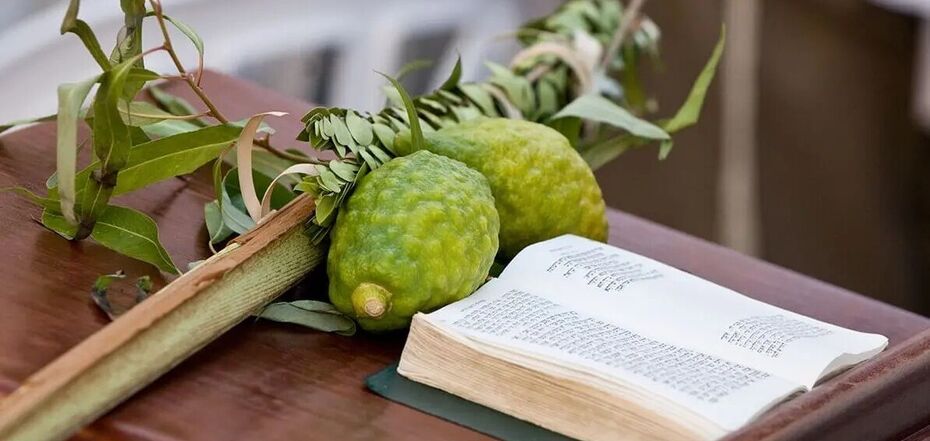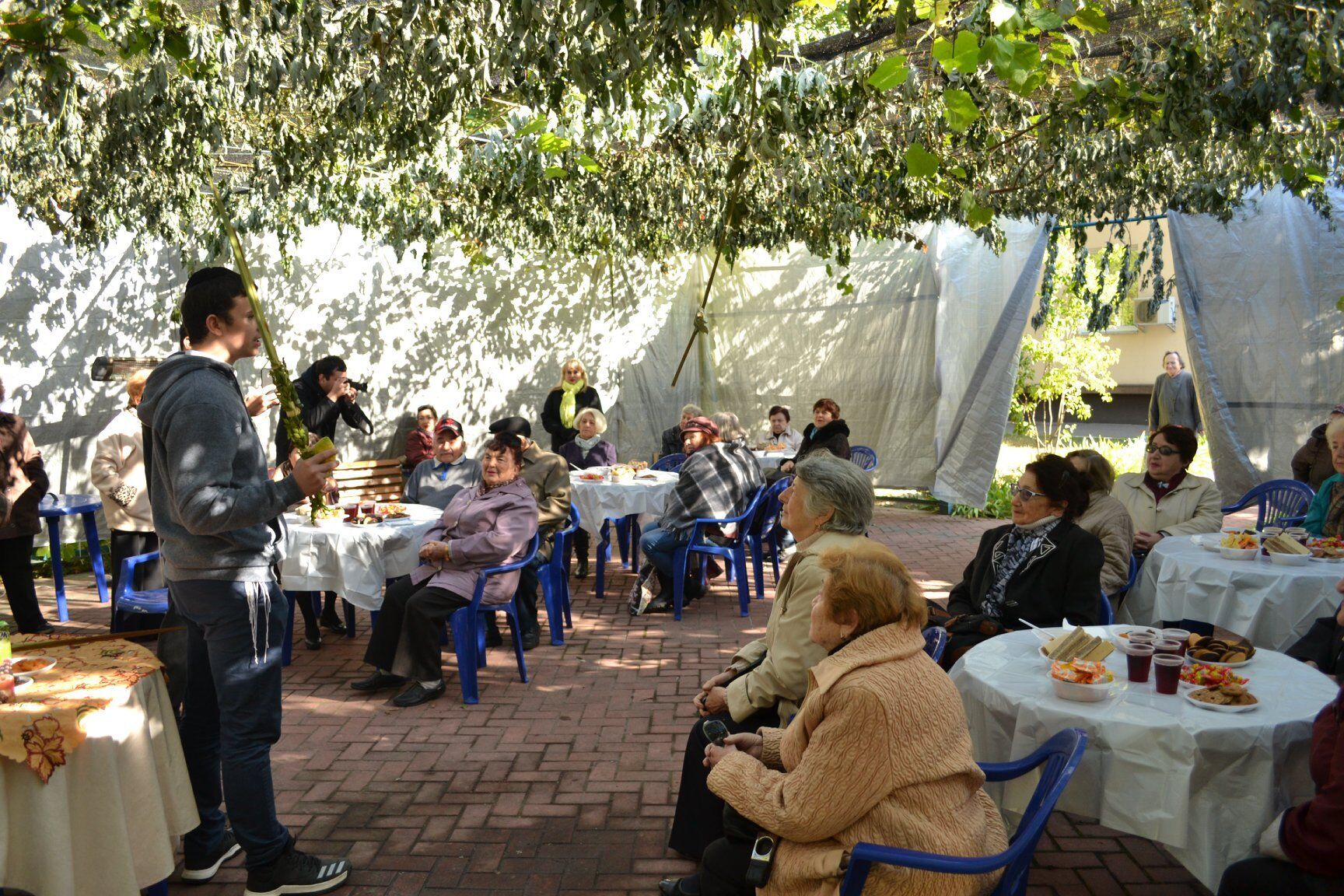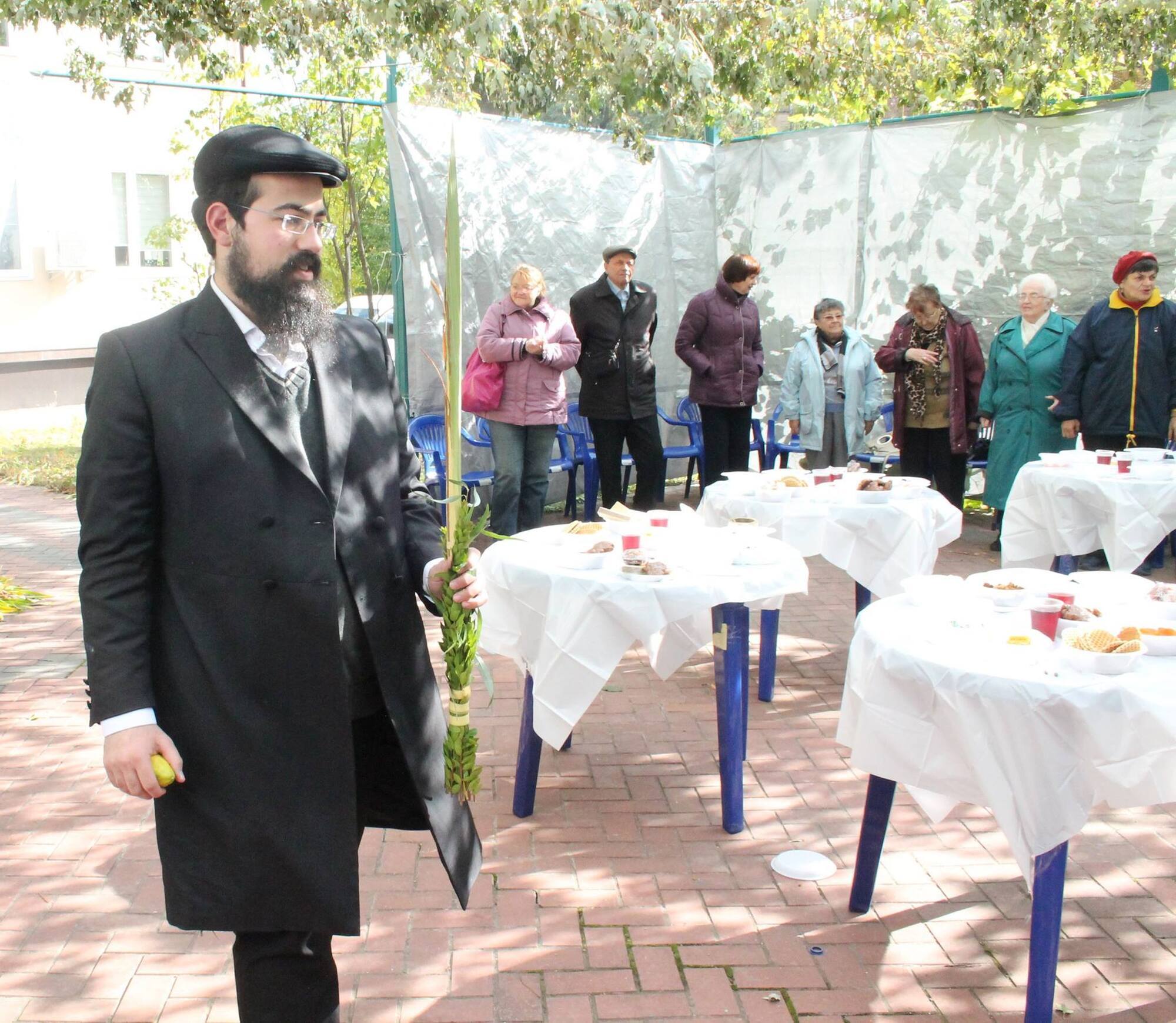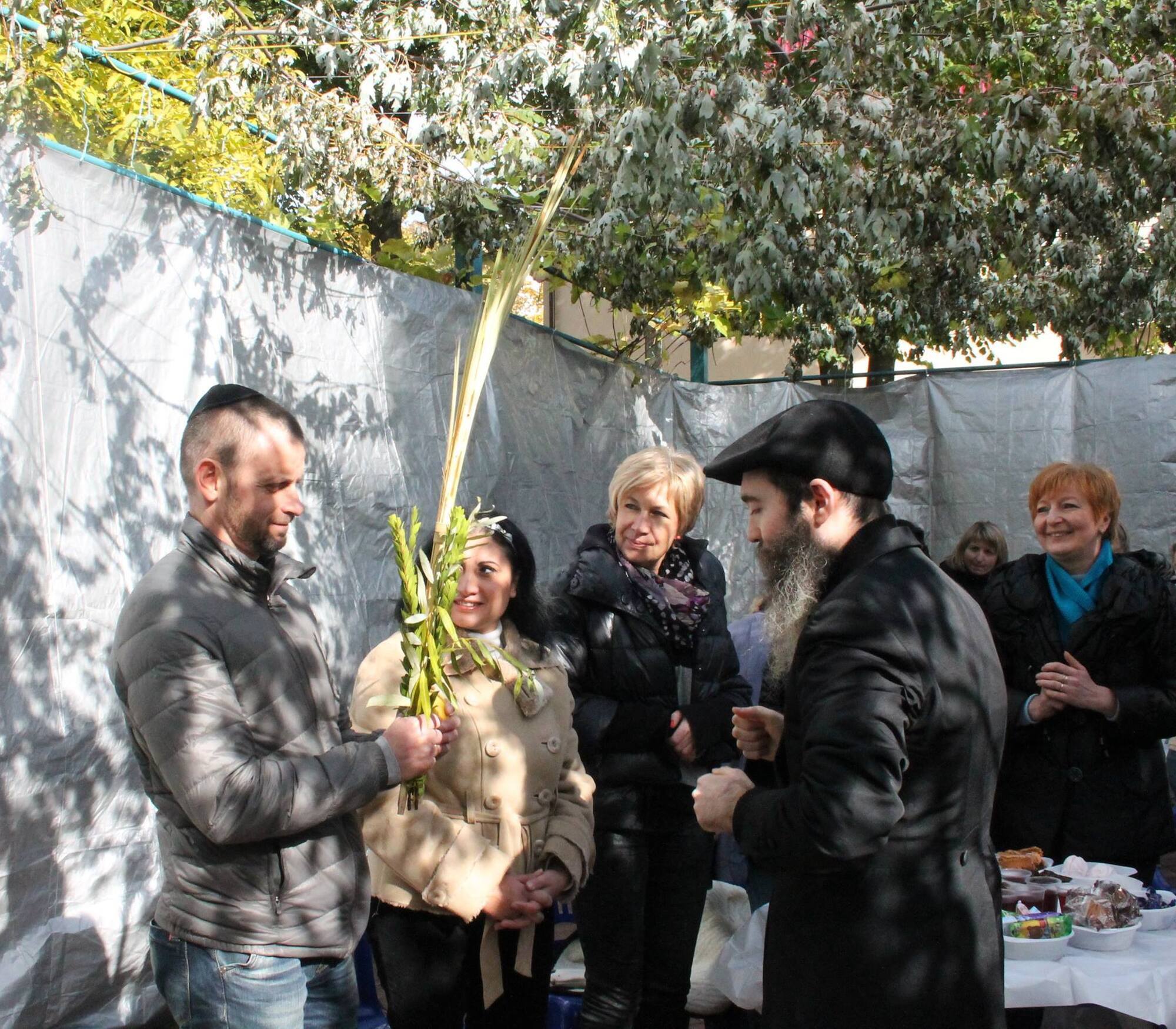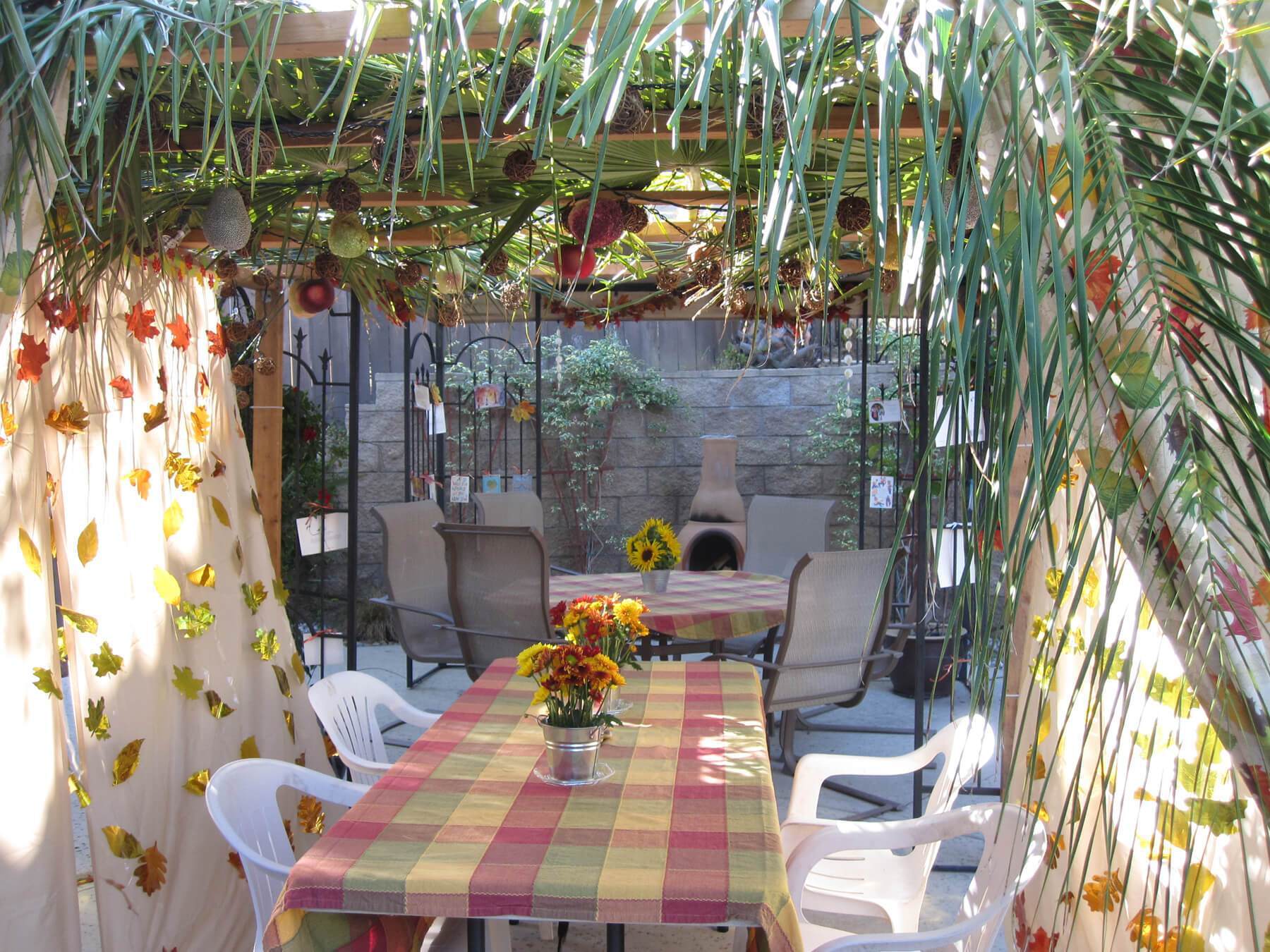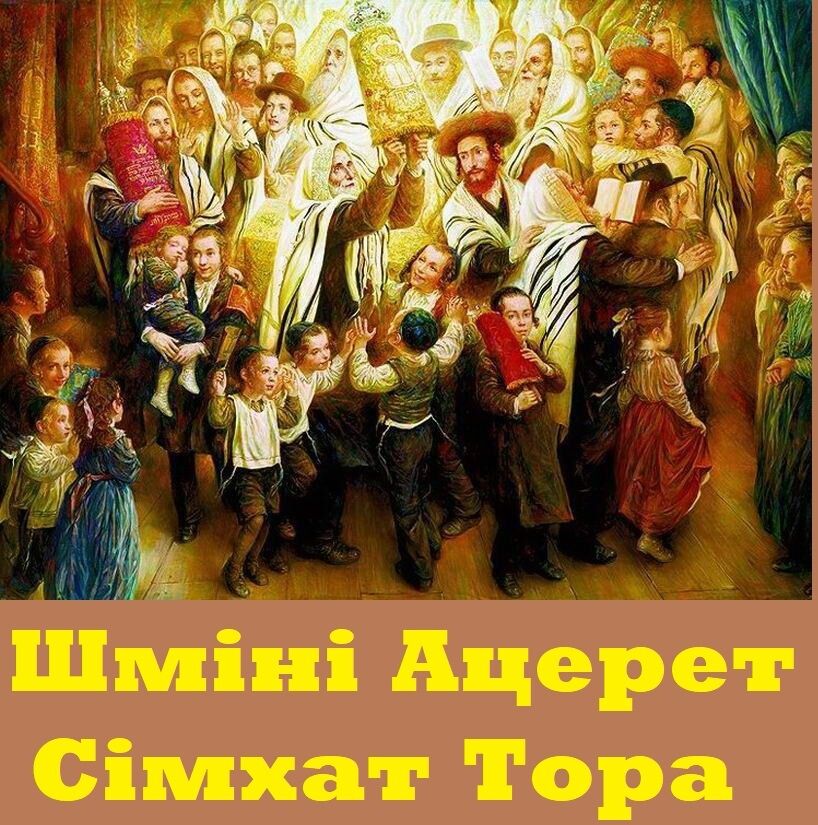News
How Jewish people celebrate Sukkot: history and traditions
On October 16, at sunset, Jews will begin celebrating Sukkot, one of the main Jewish holidays, which will last for seven days. This is the Feast of Tabernacles celebrated in the Jewish month of Tishrei.
This holiday symbolizes gratitude for the harvest and the memory of the 40-year wandering of the Jews in the desert after leaving Egypt, when they lived in temporary huts called sukkahs. Sukkot is not only a remembrance of the past, but also a reminder of faith, modesty, and gratitude for life, the Bnei Azriel community noted.
It is a time of unity of the people, rethinking of values, and gratitude for the freedom and protection that, according to the faith, the Creator gave.
History
Sukkot traditionally falls on the Jewish month of Tishrei and is celebrated immediately after Yom Kippur. The holiday combines joy and spirituality: after a strict day of repentance comes a time of fun and peace. In the Torah, it is also called the "harvest festival" because it coincides with the end of the field work.
Traditions
A special feature of the celebration is the construction of huts. Jews spend most of their time in sukkahs during the week: eating, praying, and socializing with relatives and guests. In regions with a warm climate, they also spend the night in the huts. This return to the conditions in which their ancestors lived symbolizes the rejection of excessive comfort and human pride.
It is important that the hut is located in an open area - either in the yard or on a balcony. Its roof is covered with plant materials, such as branches and reeds, to leave space for sunlight but not to reject heavy rain.
An integral part of the celebration is the ritual of presenting a lulav, a bouquet of four types of plants: lulav (palm branch), hadass (myrtle), aravah (willow), and etrog (citron). These plants symbolize different types of people, their spirituality and unity.
The lulav ritual is performed during the service every day, except on Saturdays. During the ritual, people wave the plants around their homes and say blessings to honor their faith and community unity.
Prohibitions
During the first two days of Sukkot, there are strict restrictions on work. Only pre-lit fires are allowed to be used for cooking and lighting holiday candles. During these days, the celebration is entirely devoted to prayers and turning to God.
Main dishes
The traditional Jewish bread challah is especially popular during the holiday week. It is usually eaten by dipping it in honey. Vegetables from the new harvest are served too. Autumn fruits, such as pomegranates and persimmons, are essential attributes of the holiday.
Sukkot ends with the holiday of Shemini Atzeret, which is both a separate holiday and a continuation of the previous celebrations. It coincides with the end of the Torah reading cycle and symbolizes a new spiritual stage.
Subscribe to OBOZ.UA channels on Telegram and Viber to keep up with the latest events.


